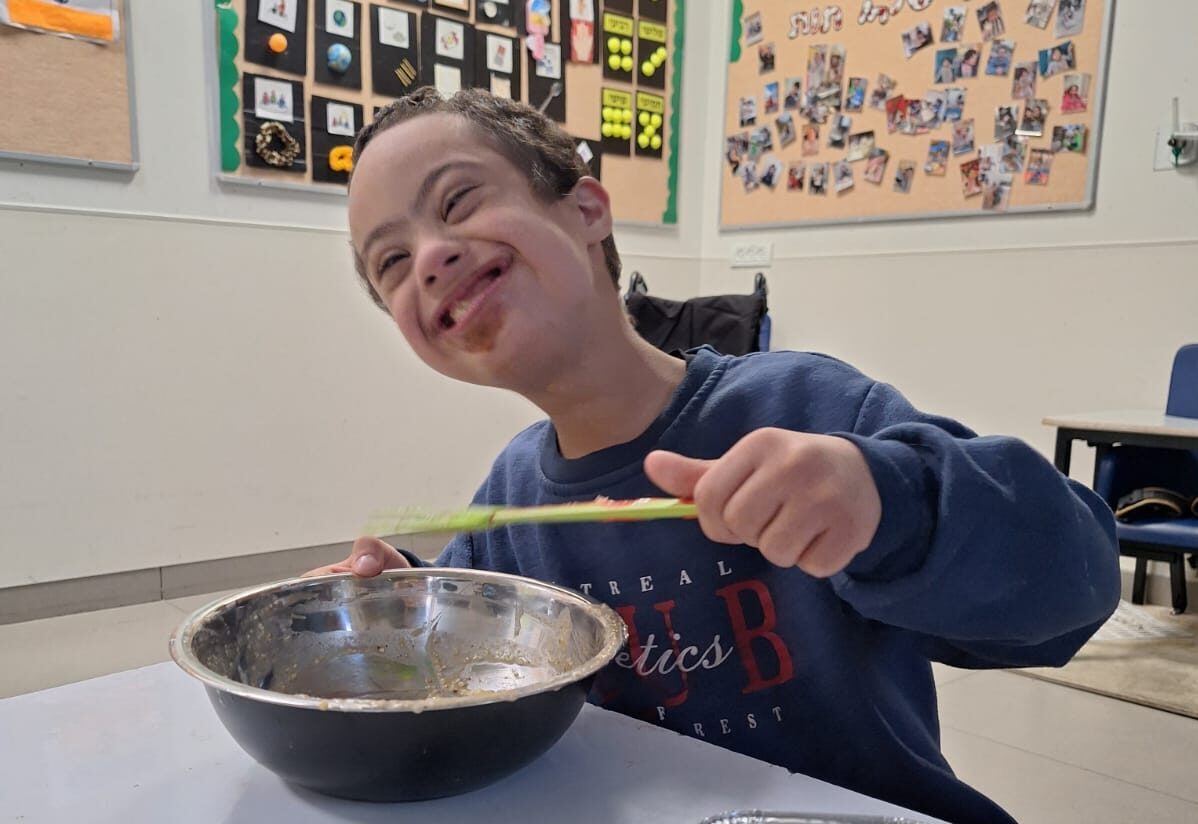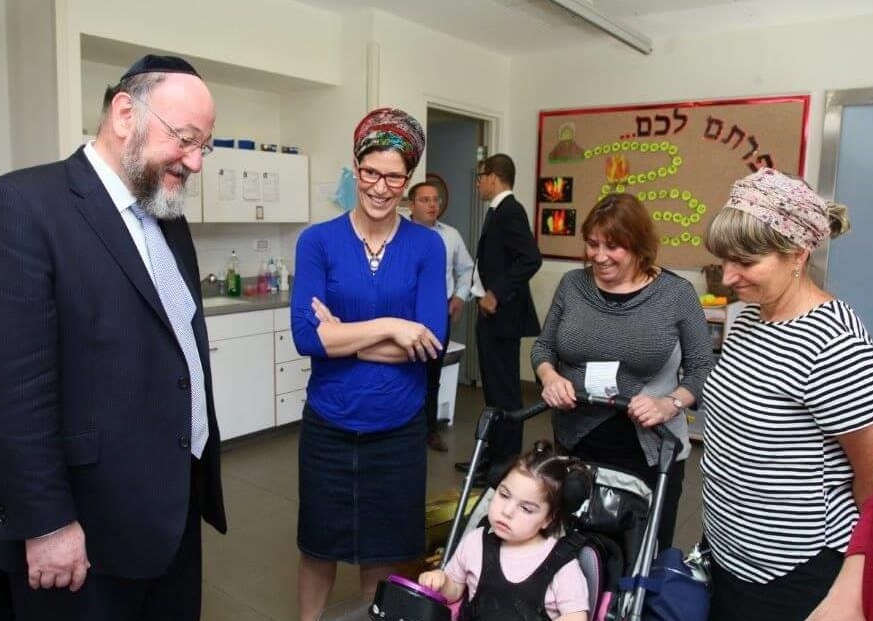The ability to move is one of the most basic human traits. The fetus moves from its first moments of existence within its mother’s womb. The womb’s watery environment envelopes and protects it from the force of gravity, and gives it the feeling of being held and safe. When it comes into the world, the newborn begins to cope with the force of gravity by using its muscles, as well as with the different sensations it experiences.
During its first months of life, the baby operates according to various reflexes, which protect it. Most of them disappear during the first year of life, and movement becomes voluntary and goal-oriented.
From the age of approximately three months, it is expected that the baby will begin to develop the ability to move symmetrically, with both sides of the body moving towards the center. For example: A baby extends both its hand towards the center and towards its mouth, and raises both legs towards its abdomen.
Symmetric physical actions and reaching the body’s midline prepare for the ability to cross the midline, an imaginary line in the body, which requires coordination of both hemispheres of the brain.
Crossing the body’s midline is important in development and in man’s activity throughout life: In a baby’s development – circling around the axis of its mother, sitting and standing; and further on in life – walking, writing, reADIng, extending an arm and more.
A baby’s development combines many elements:
The development of movement is described as “chaos.” Take, for example, a random arm or leg moving in space that “hits” a toy that is in its way. The toy has a sensory texture and auditory qualities that awaken sensations and cause other reactionary movements towards the toy.
Alertness and curiosity cause a baby to repeat a random movement, and curiosity and interest cause him or her to make a motion that will create additional interest, exploration and experiences in space.
Motor learning – the process of acquiring motor skills, is an internal process that is absorbed and preserved as movement patterns, as a result of natural and directed practice. This learning enables the carrying out of automatic motor actions, in contrast to cognitive actions that require thinking out the process.
The stages of development are named “motor milestones,” and appear according to the estimated time of achievement. However, it is entirely possible that the appearance of the stages among different babies will not necessarily be identical chronologically, and a particular stage may appear earlier or later than usual. Most babies make up all the stages, even if not “in order.”
A baby experiences a variety of sensations:
Touch – of different kinds (surface, deep); voice and hearing – loudness, frequency; vision – in the light and in the darkness; different types and strengths of smells; taste – bitter, sweet, cold, hot; and movement in space – lifting, turning, rocking.
ADI is home to babies and toddlers whose development is not normative. This can result from brain damage or serious diseases, and is expressed by a deficiency in the development of movement, sensation, thinking processes and expression.
ADI’s staff works to create experiences of sensation, movement, knowledge acquisition, motor learning and conception of space using a variety of methods. These are adapted to prevent orthopedic injuries that can develop as a result of incorrect motor development, and knowing that suitable physical activity is extremely important for everyone.
By Ruti Peri, Certified Developmental Physiotherapist and Coordinator of Physiotherapy and Seating Systems, ADI in Jerusalem.






